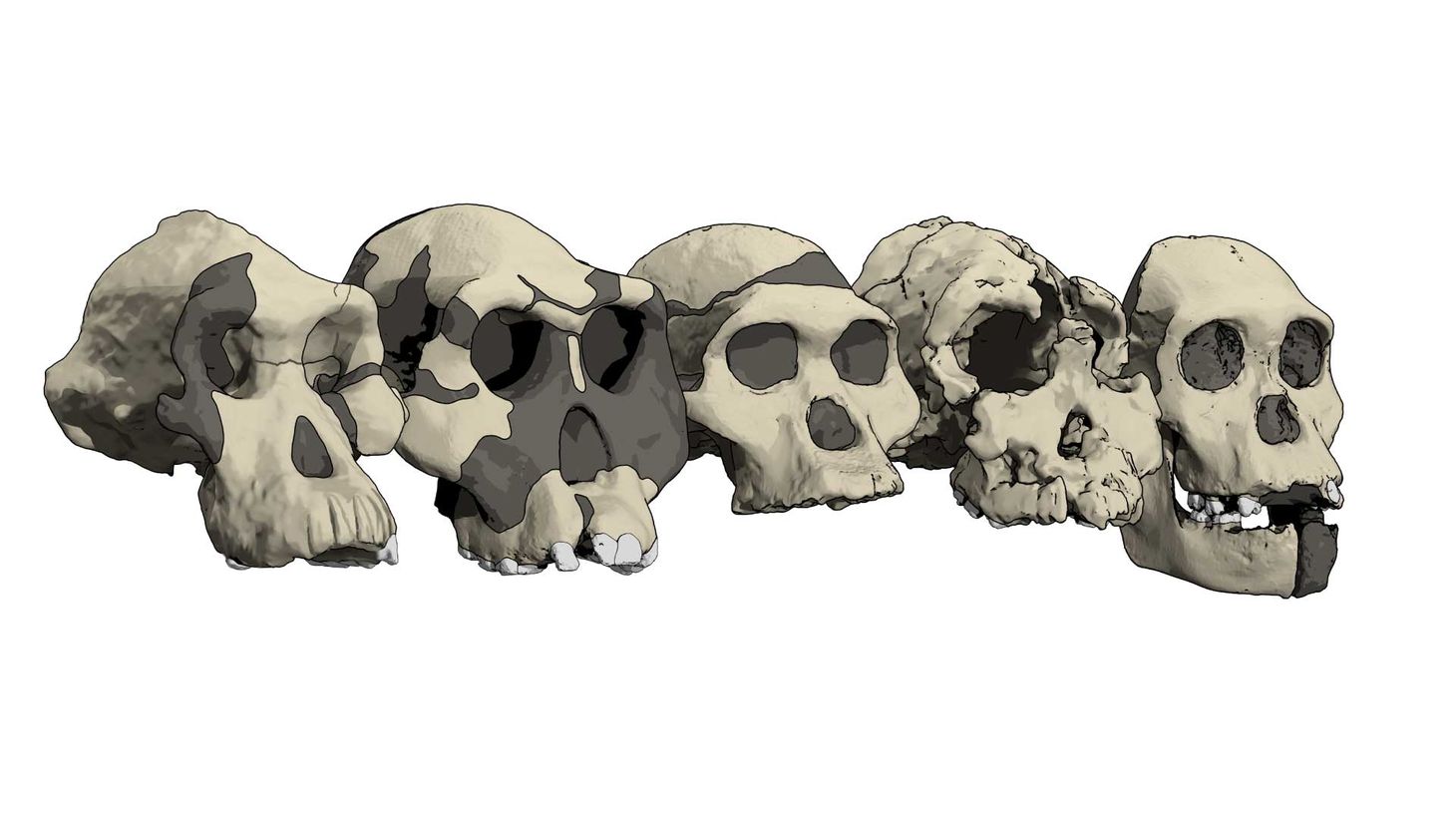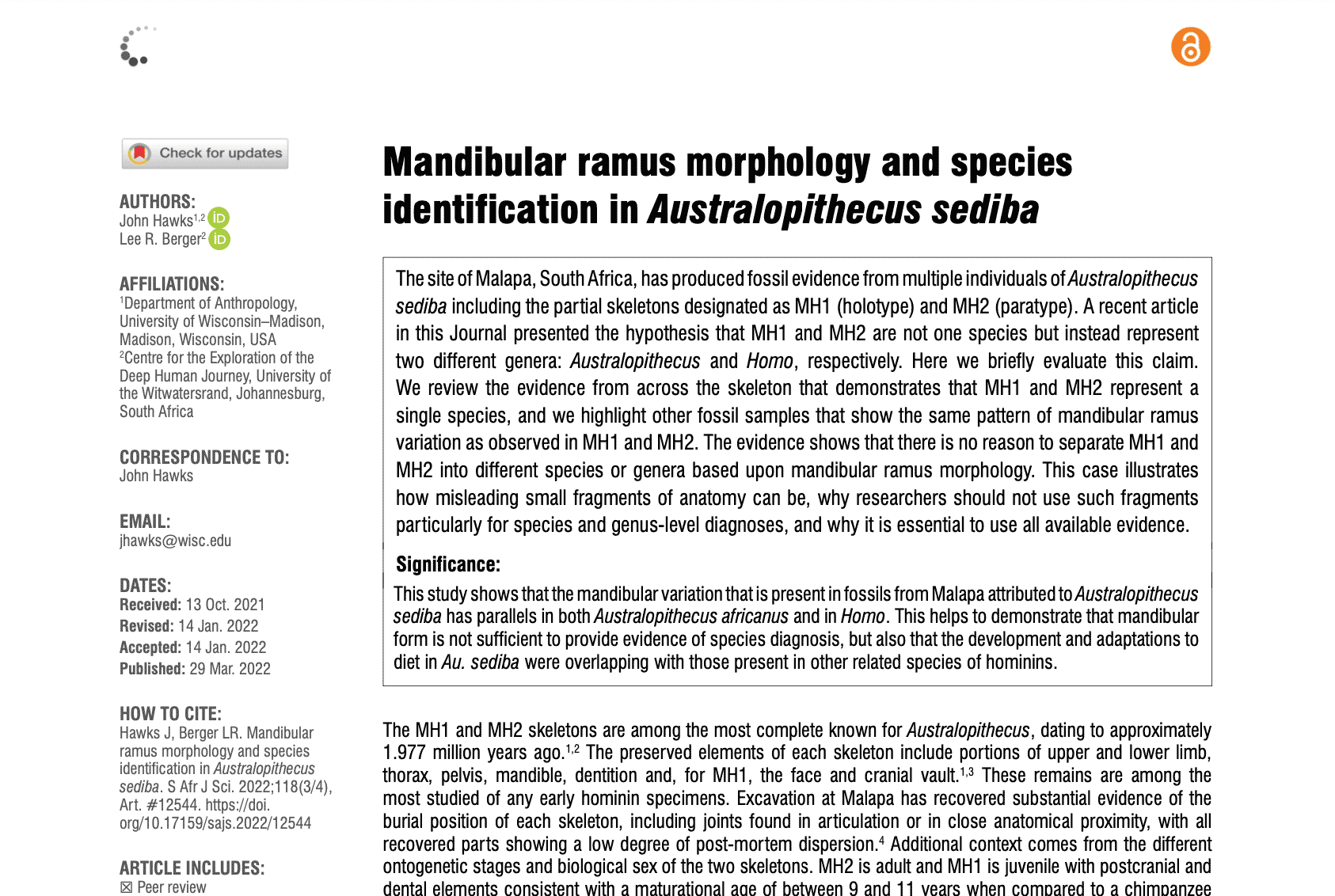Some say humans are apes, but I disagree

I don’t know why so many people who accept and promote evolution have such a dim view of phylogenetic systematics.
How else to explain why I so often hear the canard, “Humans are apes”?
My children can tell what an ape is. I work very hard to tell them why apes are different than monkeys. When they see a chimpanzee in a zoo, and other parents are telling their kids, “Look at the monkey!”, my children say, “That’s not a monkey, it’s an ape!”
Phylogeny is the relationship among different species. Phylogenetic systematics argues (among other things) that our taxonomy should reflect phylogeny. The result in anthropology is that we have rejected some taxonomic ideas. In the past, many anthropologists categorized chimpanzees, gorillas and orangutans together as “pongids”. Today, we recognize that these are not a natural group. Phylogenetically, humans are part of the group that includes orangutans, chimpanzees, bonobos and gorillas. Many anthropologists call this group “Hominidae”, although some would put this at a different taxonomic level than the family level (the level implied by the “idae” ending).
None of this is especially controversial. We do disagree about the taxonomic level. Some would retain “hominid” to refer to the human branch, and assign the great apes and humans to a higher-level taxonomic level. But the phylogeny is perfectly clear. Humans are hominoids, and hominids, and simiiformes, and primates.
Are we apes?
Today I read Jerry Coyne, writing about a silly column (“Washington Times denies that Richard Dawkins is an ape”):
Apes are Old World anthropoid mammals, more specifically a clade of tailless catarrhine primates, belonging to the biological superfamily Hominoidea.
Holy moly! But I disagree with Coyne and Wikipedia. Apes are not a clade. (UPDATE 2012-03-18: My original post said something snarky about biologists relying on Wikipedia for their systematics. I later decided that the odds of me not consulting Wikipedia for fly taxonomy are statistically indistinguishable from zero.)
Jerry is far from alone in this – many evolutionary biologists state as if it were an unquestionable fact that humans are apes. I disagree.
Humans are hominoids. Hominoidea is a taxonomic group. Phylogenetic systematics holds that taxonomic groups should be monophyletic – meaning that they include all the descendants of one ancestor, and don’t leave any descendants out. Humans are closely related to chimpanzees and bonobos, more distantly to gorillas, then orangutans, then gibbons. All these living creatures are crown hominoids. The Hominoidea includes all these, together with extinct animals like Australopithecus, Proconsul, Dryopithecus, and many others.
Chimpanzees are apes. Gorillas are apes, as are bonobos, orangutans, and gibbons. We routinely differentiate the “great apes” from the “lesser apes”, where the latter are gibbons and siamangs. Humans are not apes. Humans are hominoids, and all hominoids are anthropoids. So are Old World monkeys like baboons and New World monkeys like marmosets. All of us anthropoids. But humans aren’t monkeys.
What’s the difference?
“Ape” is an English word. It is not a taxonomic term. English words do not need to be monophyletic. French, German, Russian, and other languages do not have to accord with English ways of splitting up animals. Taxonomy is international – everywhere, we recognize that humans are hominoids.
In French, apes are singes. So are monkeys. In English we differentiate these terms. In both languages humans are different from other primates. Does that mean French is right and English wrong? Does it mean both languages are wrong?
No, it means that colloquial languages have no problem describing paraphyletic groups. It is useful to have languages that can make these distinctions.
If we must accept that humans are apes, then we must equally accept that chimpanzees are monkeys, and those awful parents at the zoo are right. I don’t. I see value in precision about phylogeny, and for that purpose I have taxonomic terms. Humans are hominoids, and anthropoids, and haplorhines, and primates. And mammals.
We shouldn’t smuggle taxonomic principles into everyday language to make a political argument. That’s what “humans are apes” ultimately is – it’s an argument that we aren’t as great as we think we are. Whether humans are special or not should be derived from biology; I don’t think we need to make the argument by applying Orwellian coercion to the meanings of English words. Biologists control taxonomic terminology, and that’s where science should aim. I don’t think I’m being old-fashioned, nor am I promoting the idea that humans aren’t part of the primate phylogeny. I’m only promoting the idea that we use taxonomy for its intended purpose, and not insist that English do the job instead.
We aren’t apes. And it’s OK to teach your children that chimpanzees are apes, not monkeys. Because that’s what I do.
John Hawks Newsletter
Join the newsletter to receive the latest updates in your inbox.



